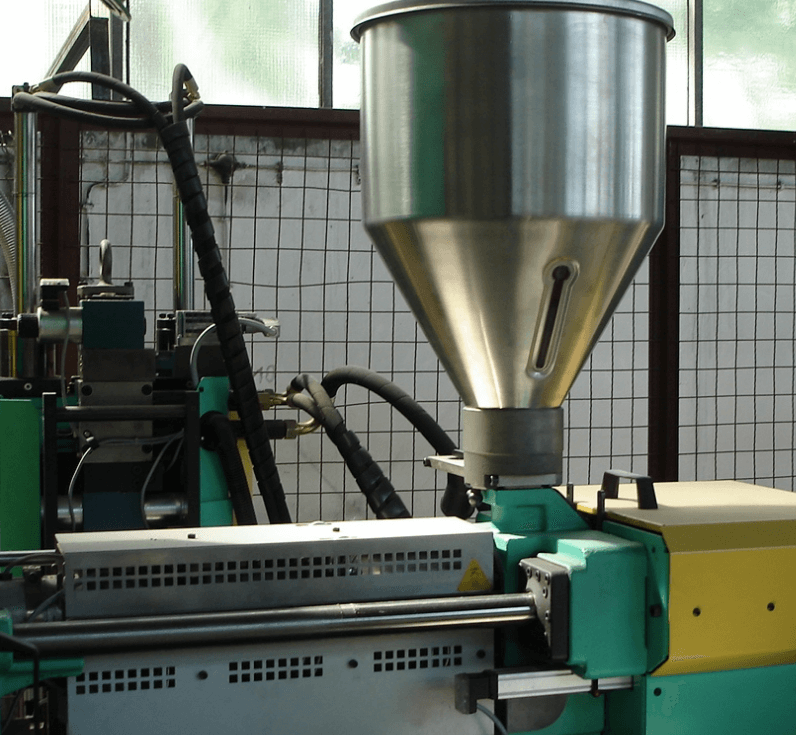Resources
New developments in plastic injection moulding
New developments in plastic injection moulding
-
Gas-assisted injection moulding
In this form of injection moulding, the typical melted plastic injection is assisted by the injection of pressurised gas into the mould – nitrogen is commonly used for this process. The gas generates a bubble that pushes the plastic towards the ends of the mould; thus, as the bubble expands, different sections are filled. There are several forms of moulding used in the plastics industry that are differentiated by the position where the gas is injected when casting the polymer.
More specifically, gas can be injected through a nozzle in the machine, or directly into the mould’s cavity under a constant pressure or volume. Some of these methods are protected by patents; therefore, proper licencing agreements should be entered into to use them.

-
Foam injection moulding
This technique provides an effective, affordable way to achieve high resistance and rigidity in structural parts. In addition to this advantage, structural foam parts have a superior thermal isolation, a greater chemical resistance, and improved electric and acoustic characteristics. This parts involve a foam core between two layers; this core is obtained by dissolving an inert gas in the resin and allowing it to expand when injecting the gas-plastic solution in the cavity of the mould. Where can we find parts manufactured through foam injection moulding? This process is used in vehicle panels as an alternative to reduce part weight.
- What affects injection mold machining accuracy and productivity?
- Shenzhen top five mold manufacturers: how plastic products are processed and produced?
- Shenzhen Ideal Vowin mold manufacturer: how to effectively improve the precision of mold processing?
- Chrome plating, a process that makes cars stylish
- Six injection molding processing technologies for home appliance plastic products
- Advantages and disadvantages of injection molding vs blow molding
- What is automotive hot stamping and molding technology?
- What is the difference between a hot runner and a cold runner in the mold?
- Automotive stamping die in large, precision and other areas of progress is obvious, the rapid development of plastic and rubber molds
- The top ten problems that are likely to occur in the mold testing process














